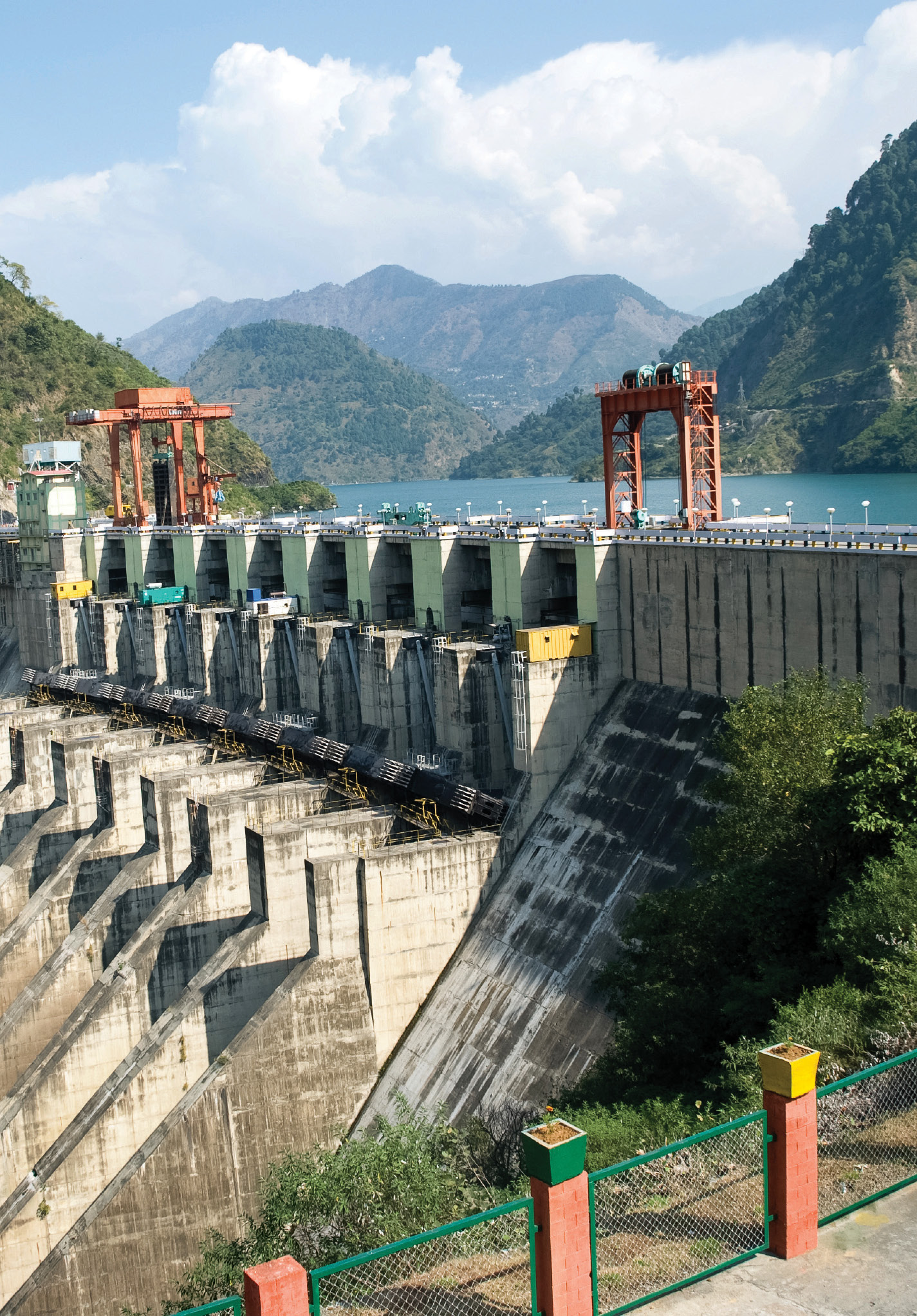Surface Water Storage and Disasters - DAM failures and flooding in extreme event scenarios
Published: Jul 31, 2015
Published: Jul 31, 2015

Photo: Prasad
While spillways facilitate safe release of surplus water and ensures that the water does not overtop and damage the dam, it also severely decreases the amount of water reaching downstream, thereby causing water stress and affecting aquatic life.
Keep reading with one of these options :
